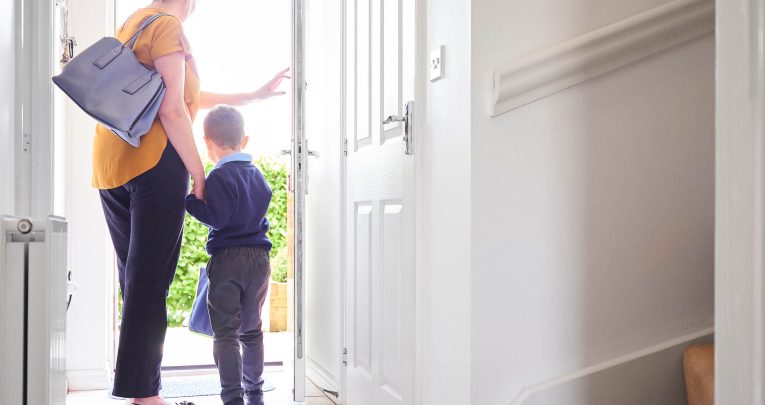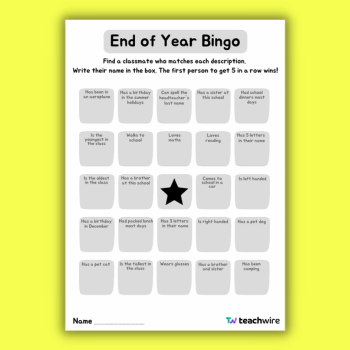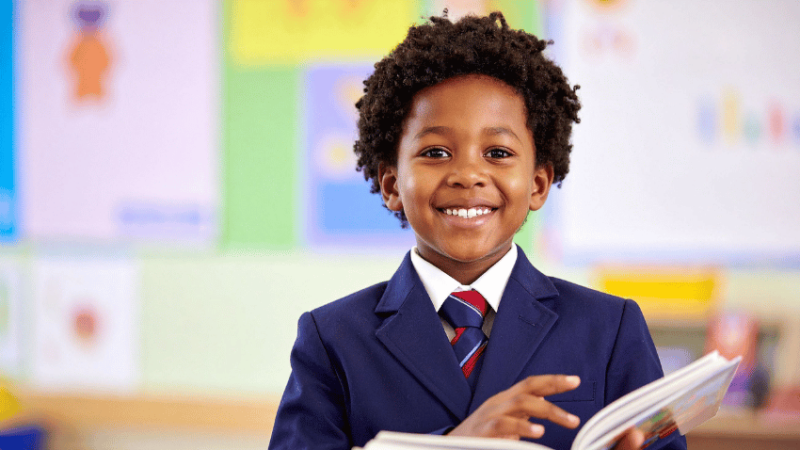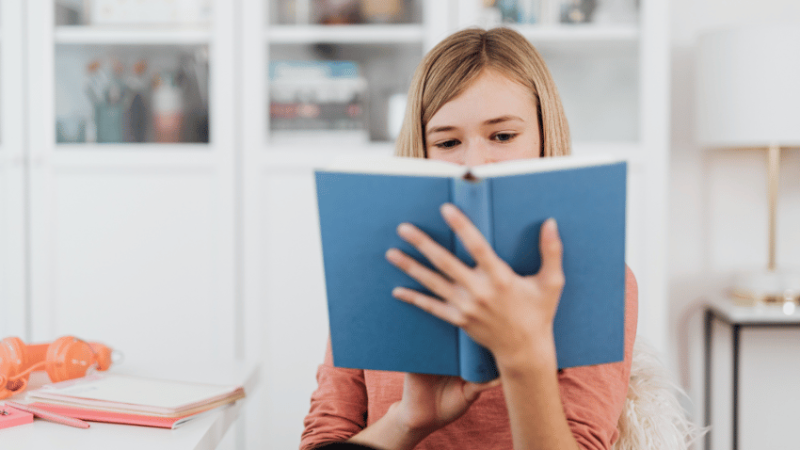Back to school 2020 – How to reassure parents about their children returning to school in September

Help families feel positive about returning to school with these tips for reassuring parents from Juliet Mickelburgh…

1 | Same vs different
Show parents and carers what school will look like. Make a visual tour including corridors, a classroom set up ready to go, how learning resources will be arranged, any hand-washing facilities or routines children will use, any changes to the coat peg area and what the dining hall will look like.
Show them what will stay the same too, providing comfort in the familiar. Record a message from each class teacher for the parents of their class, introducing themselves, welcoming families back and explaining what a school day in their classroom might look like.
2 | In control
We often feel less anxious about things when we can do something about them. Help parents to feel in control of the situation by providing suggestions for things they can do to prepare their child, and themselves, for returning to school.
This could include readjusting bedtime routines, getting out their school uniform, practising the journey to school together, watching video clips sent from school and arranging to play safely with a school friend.
Provide some useful phrases to use and remind them to talk about what will be the same, as well as what will be different.
3 | What’s expected?
People feel anxious when they don’t know what to do. Give clear instructions about what you expect from parents, from timings and locations for dropping off and picking up to behaviour and social distancing arrangements inside and immediately outside school.
4 | Consider wellbeing
Many parents will be as worried about the transition to school after months away as they are about the safety issues around Covid-19. Share how staff will support their child to feel comfortable and secure in their new learning spaces.
5 | Parent guides
There will be parents and carers who have already navigated returning to school. Can you ask a couple of them to say some positive words about their experience? You could add their words to a ‘welcome back’ booklet or make a video of them to share.
6 | Manage expectations
Manage expectations about key situations such as if and when staff will be wearing any PPE, what you will do if their own or another child or staff member presents with Covid-19 symptoms, what social distancing measures staff will use and how and when staff will be available to talk.
7 | Staying connected
Explain to parents how you will keep them informed about their child. Some of the old ways may be affected by social distancing measures, but there are lots of new ways to keep in touch.
Having a variety of communication channels, such as phone calls, emails and photos via an online platform will help to reach different families.
Are there ways you can encourage parents to connect with each other to keep the school community alive?
Juliet Mickelburgh is the education adviser at online learning journal Tapestry, and a former primary teacher. Find out more at tapestry.info and follow on Twitter at @tapestry_fsf. Browse our back to school activities.











